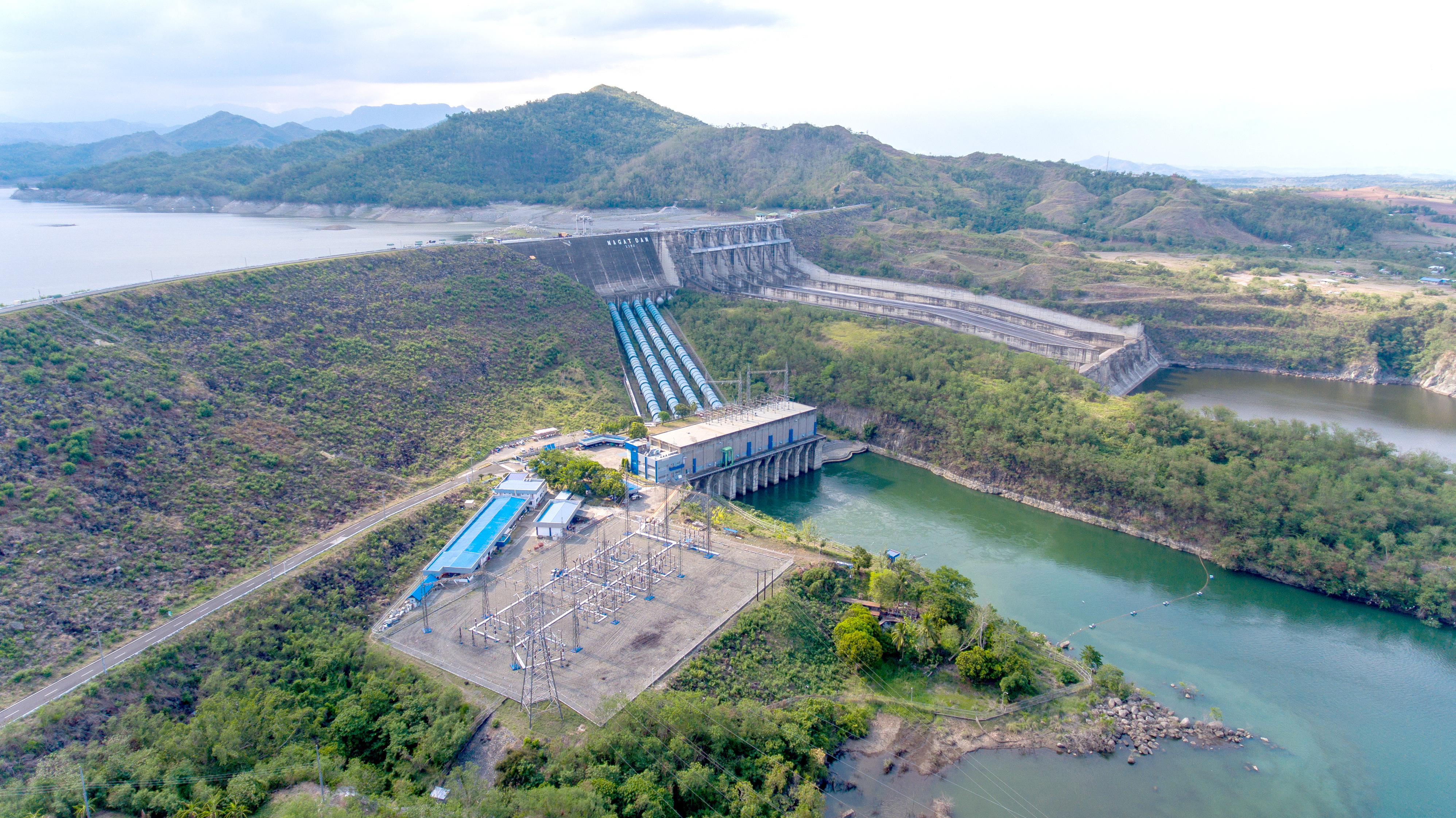
BY EMMANUEL RUBIO, ABOITIZ POWER CORP. PRESIDENT AND CHIEF EXECUTIVE OFFICER
The month of February 2024 marks my 17th year in the power industry, which started when I was appointed as the President and CEO of SN Aboitiz Power in 2007. At that time, the Company participated in the reforms initiated by the Electric Power Industry Reform Act or EPIRA to acquire the operations of Magat Hydro located in Ramon, Isabela and Alfonso Lista, Ifugao. We consider these privatization efforts to be a once in a lifetime opportunity as these assets are quite valuable to the grid.
Recently, I was made aware that Magat dam’s reservoir to start the new year is more or less at 182 meters above sea level, way below its maximum water depth of 193 meters. This means that there is already lower water allocation for Magat Hydro, as well as the irrigation of nearby palay-growing service areas.

This is not new. Managing the scarce resource of water for hydro power generation and irrigation systems is a challenging yet understated endeavor that both sectors try to reconcile every year, especially during the hot summer season. As someone in the power industry, my profession demands that I think about how the supply of water will affect the operation of the country’s hydro power plants. After all, hydro comprises about 13% of our nation’s installed electricity generation capacity and is responsible for about 9% of gross power generation in gigawatt hours[1].
This strengthened my appreciation of the merits of having a diversified energy mix. When the water supply is lacking, predictably during the summer months and especially amidst an El Niño, we can look to other energy sources like coal, natural gas, and/or solar to help fill in the gaps in generation to continuously power our businesses, communities, and households.
As a family man, my instinct is to also think about how the water supply will affect the food on our table; especially rice, which is a staple in every Filipino home. Water is also very important to agriculture, with a well-managed field requiring about 2,600 liters to produce one kilo of rice.
In Magat’s case, the facilities are purposely built to provide water for irrigation for roughly 85,000 hectares of irrigated land in Isabela, Ifugao and neighboring provinces. Hence, it is essential that we work closely with the National Irrigation Administration, especially this year when a prolonged dry spell is expected to exacerbate the situation.
The point I’m trying to make is that the supply of water directly affects both food production and electricity generation. The same trend is observed in other parts of the economy as other resources are also scarce and have inherent opportunity costs. Then comes climate change which adds more pressure to an already complex and strained system of supply and demand.
When you think of it, Magat — being a multi-purpose dam — is a perfect representation of the relationships between water, energy, agriculture, and climate change. It captures the main theme of this column, which strives to point out connections across complex social realities and understand that things in life aren’t as disjointed as we sometimes make it out to be. When even a single string on a guitar is off tune, it is noticeable as it permeates into the sound produced by a strum.
Water, energy, agriculture, and climate change determine life and death because food, shelter, and personal security are among man’s most basic needs.
I have said that I only know two things: that climate change is real and that our global society needs to transition to cleaner sources of energy. The reality of climate change has brought to the fore how countries design their respective energy mixes.
Consistent with my point, an energy transition is more complex than just adding more and more renewable energy and removing traditional power plants. An energy system — like Magat — does not exist in a vacuum. It is ingrained in the ecosystem that it supports, touching on multiple socio-economic realities and influenced by each respective local context.
In our own context, the Philippines needs continuous, stable, reliable, and secure electricity for the attainment of man’s most basic needs and beyond. This means counteracting the intermittencies brought about by the influx of variable renewable energy sources like solar and wind through complimentary traditional power sources, as well as modern energy storage systems, that can do the job.
Another scarce critical resource to both energy and food security is land. A solar farm requires large tracts of land to capture as much sunlight as possible and convert it into electricity. In the Philippines, a hectare of land can be equivalent to either a megawatt of solar power (generated under ideal conditions) or about four metric tons of rice each year. Such is a tradeoff that we need to think about, and it will be the subject of the next edition of Chords.
[1] Source: https://www.doe.gov.ph/sites/default/files/pdf/energy_statistics/01_Summary%20of%202022%20Power%20Statistics.pdf
Chords is the monthly column of Emmanuel V. Rubio — biker, music lover, and President and CEO of AboitizPower. Under his leadership, the company pursues significant growth in its generation portfolio, aiming for a 50:50 balance between its renewable and thermal capacities. Chords references his passion for playing the guitar and how the combination of notes & the subtleties of strumming produce unique melodies when the sounds of individual strings are blended together, much like the elements of industry, corporations, and life.